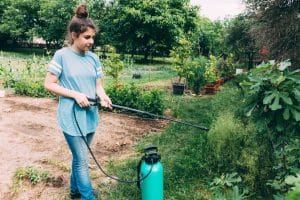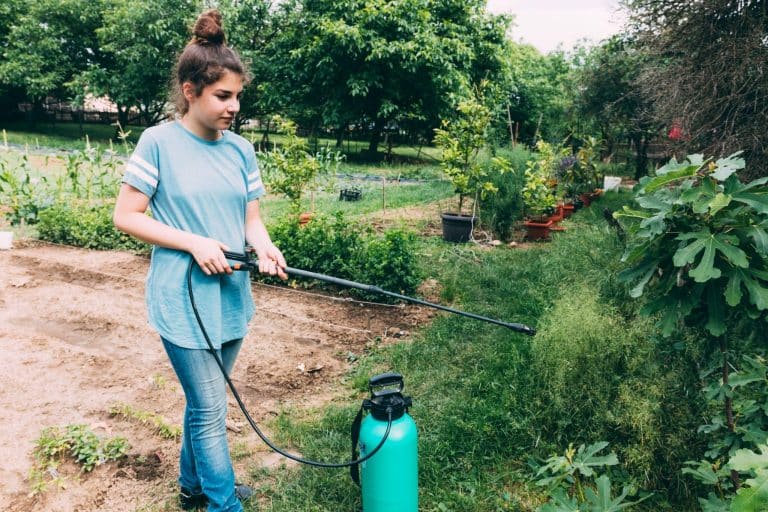Have you ever felt trapped in your own home by an aggressive neighbor’s dog? Many of us know that feeling of being scared to step outside because of the barks, howls, and snarls coming from next door.
Dealing with a neighbor’s aggressive dog can be scary and frustrating. You know the warning signs – growling, bared teeth, lunging, and non-stop barking. Your safety and peace of mind depend on knowing what to do about an aggressive neighbor dog. A good understanding of these behaviors will help you handle the situation safely and effectively.
We’ll walk you through practical steps to solve this challenging problem in this piece. You’ll learn everything, from spotting early warning signs to involving authorities. Being diplomatic in your approach will make your case stronger if you need to file a formal complaint. Let’s head over to the ways you can take back your outdoor space without creating unnecessary conflict.
Recognizing the Problem Early
You can prevent dangerous encounters by spotting signs of aggression in your neighbor’s dog early. Dogs rarely bite without warning signs. They’re like teapots that make noise before they whistle – they’ll show you when something’s wrong.
The first warning signs can be subtle and hard to catch. Dogs show their discomfort through calming signals. A dog might turn its head away or show “whale eye” – where you see the whites of their eyes as they look away. Sometimes they freeze in place or lick their lips when there’s no food around. The tension builds up gradually. The dog’s body becomes stiff, its tail tucks or raises high, and its ears point backward or forward.
Dogs with territorial issues defend what they think is their space. This isn’t limited to their yard – they might claim the whole street or their walking route. These dogs get more worked up the longer someone stays in what they consider “their” area.
The context matters when you try to spot aggression. A dog’s barking behind a fence might just feel frustrated about being confined rather than showing real aggression. Some behaviors point to deeper aggression problems. Dogs that block paths, push through doors, or show mounting behavior often have underlying aggressive tendencies.
Steps to Take Before Involving Authorities
You need both a diplomatic approach and proper documentation before calling the authorities about a neighbor’s aggressive dog. Start by talking to your neighbor calmly and respectfully. A diplomatic face-to-face conversation about specific incidents works better than confrontation. People usually respond well to reasonable requests rather than angry accusations. The conversation might reveal if something in your daily routine triggers the dog’s aggression.
Your next step after talking to your neighbor should focus on keeping detailed records:
- Record all interactions with the neighbor about their dog, including dates and times
- Capture photos and videos of aggressive incidents immediately after they occur
- Send formal correspondence via certified mail to create an official record
- Collect witness statements from neutral third parties who observed the incidents
Safety measures like secure fencing, gates, or security cameras can protect you effectively. These barriers help prevent unwanted encounters and provide evidence if needed later.
An official report creates a paper trail that courts and insurance companies take seriously. Medical attention should be sought right away if bitten, as this documentation supports potential claims.
Your diplomatic efforts will strengthen your position if you need to involve animal control or legal authorities later. The neighbor should get reasonable time to fix the issue, which shows good faith on your part.
When and How to Escalate the Situation
Sometimes you need official help with an aggressive neighbor’s dog, even after trying to handle things peacefully. You should take it to the next level if the dog has already attacked someone, keeps acting aggressively after talking to the owner, or if the owner won’t listen to your concerns.
If a dog is actively attacking someone, call 911 right away. Your local animal control department can help with less urgent cases. They can give warnings or ask for behavioral evaluations. Many communities have specific ways to report aggressive dogs, especially when they chase or approach people threateningly.
Here’s what you should include in your report:
- Specific dates and times of incidents
- Detailed descriptions of the dog’s behavior
- Photos or videos as evidence
- Proof of rabies vaccination
Official reports are the foundations of any future legal action you might take. If someone gets seriously hurt or the owner stays careless, you might just need to talk to a dog bite attorney.
A formal letter from an attorney often works in serious cases where the dog keeps threatening people’s safety. Courts can make owners add safety measures or remove dangerous dogs completely.
Conclusion
Living next door to an aggressive dog creates a challenging situation. This piece shows you how to spot early warning signs, take the right steps before things get worse, and determine the right time to call authorities. Above all else, you must prioritize your safety. Local safety rules matter as well, and San Antonio requires dogs to be leashed, a standard that becomes important when an aggressive dog repeatedly threatens someone outside their own property.
Documentation becomes your best friend in these situations. Photos, videos, and written records of each incident build an undeniable case that strengthens your position. On top of that, a calm diplomatic approach with your neighbor often solves problems before you need official help.
These practical tips will equip you to handle threatening dog behavior with confidence. Your measured, strategic response protects your family and helps the dog get proper training and care. Everyone benefits from peaceful solutions – you, your neighbor, and the dog.
You deserve to feel safe in your neighborhood. These strategies let you face this challenge head-on instead of living in fear. Dogs need consistent boundaries, owners respond well to respectful talks, and authorities act on well-documented cases. Understanding these key points helps you direct this tough situation toward a positive outcome.













